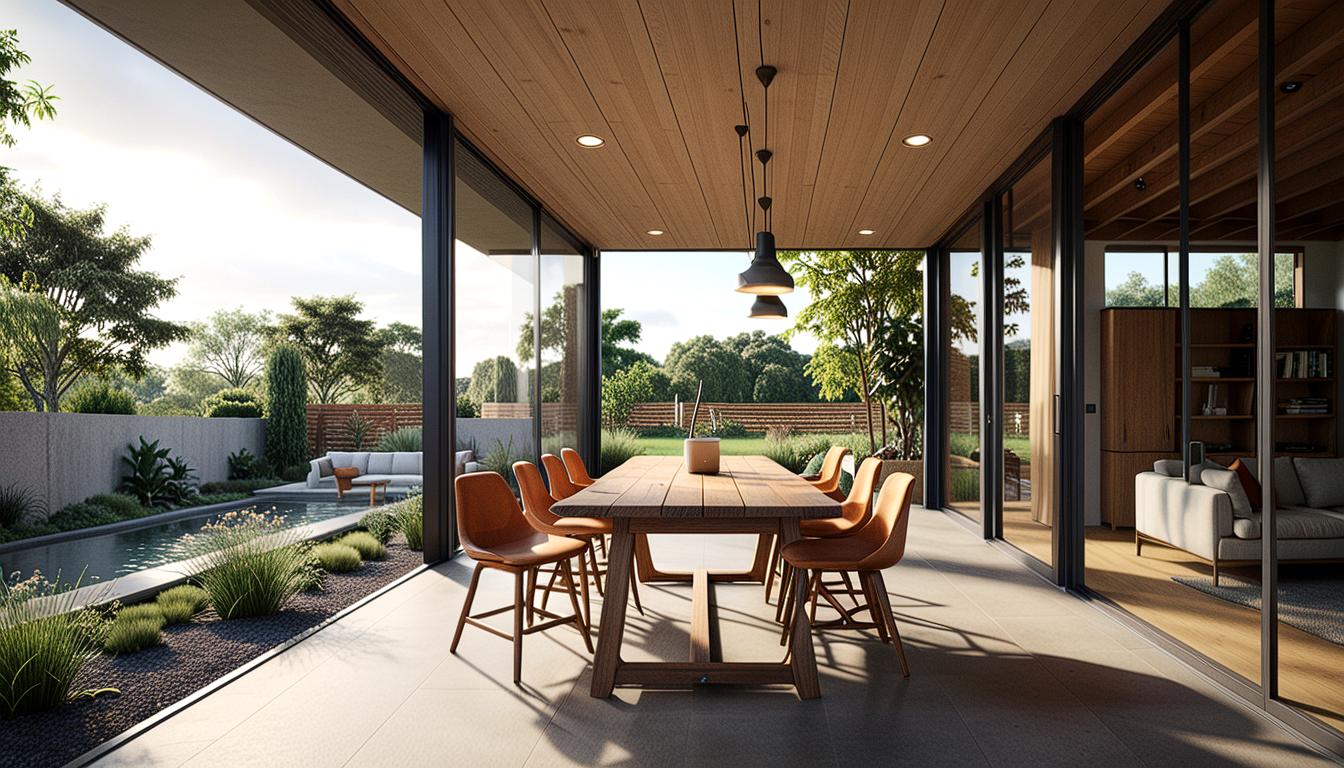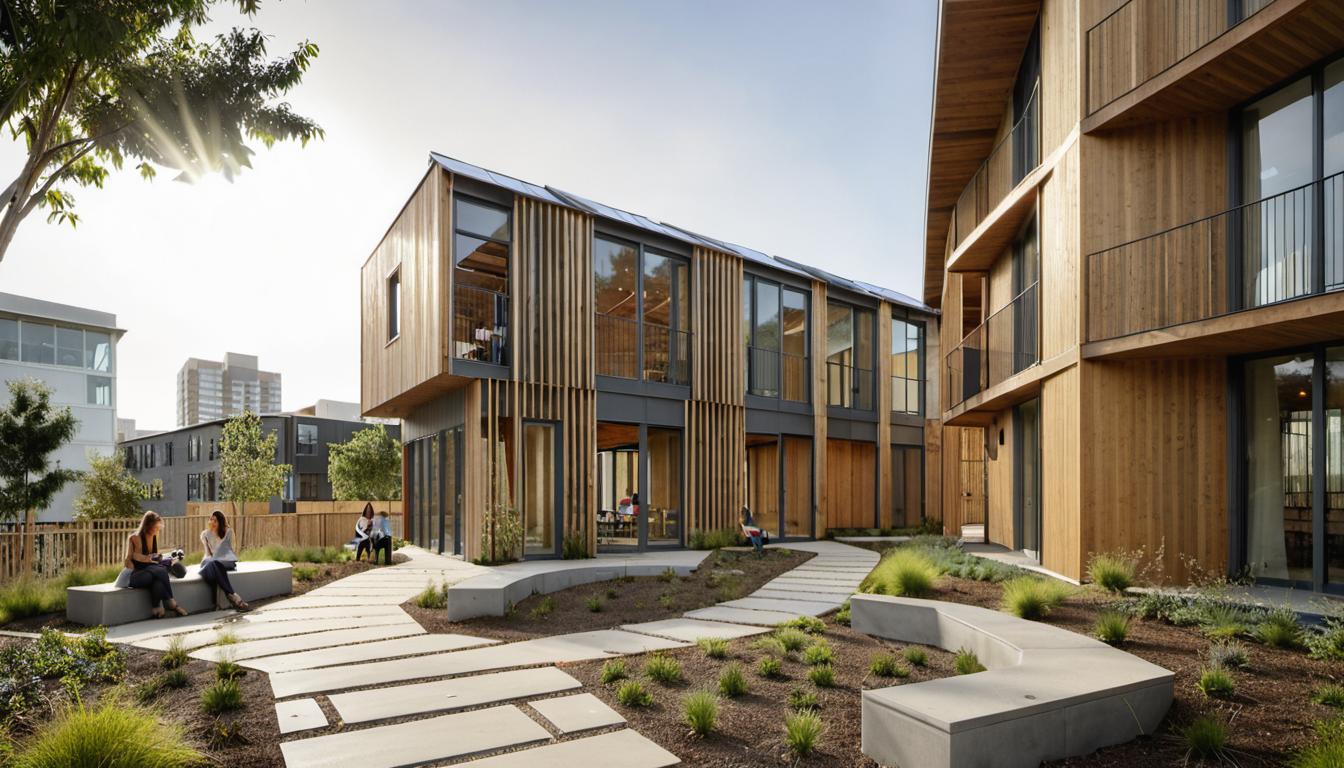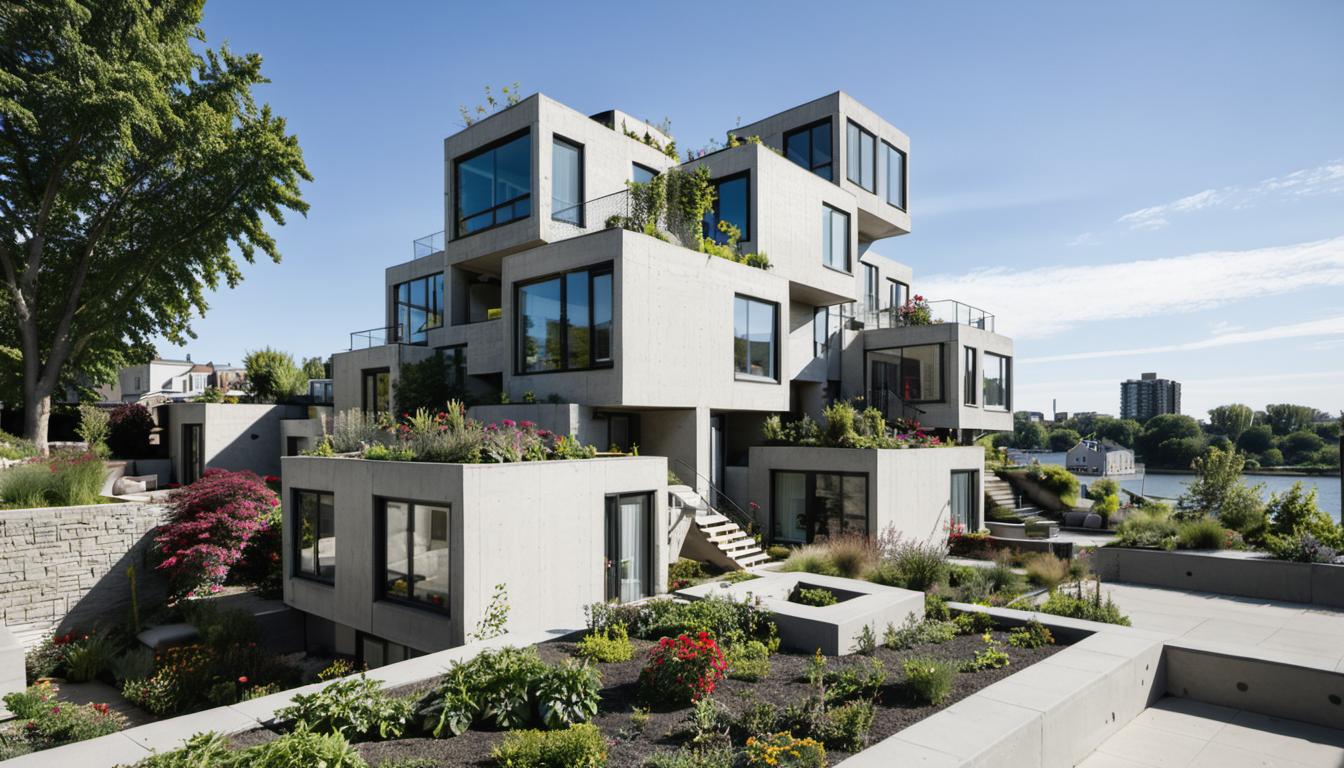Understanding Earth Homes and their Adaptability for City Living
Earth houses, or mound houses, are part of a growing appreciation in the architecture industry for sustainable design. Native Americans have used these dwellings for centuries, and today’s innovators, like Swiss architect Peter Vetsch, are bringing the concept into the modern era.
Peter Vetsch’s designs utilize a complex composition of materials, including metal mesh, shotcrete, insulation, and soil. Despite the association with ancient civilizations, earth homes have significant potential for urban living. With careful design, they can achieve impressive energy efficiency while providing a comfortable, modern living space.
The Role of Passive Solar Energy in Earth Home Designs
Passive solar energy is a central aspect of energy-efficient housing design. It involves leveraging the sun’s heat, absorbed and stored in the building’s thermal mass, to maintain temperature control with minimal effort.
The position of windows is pivotal in maximizing passive solar energy. For instance, in the Northern Hemisphere, windows should face south, and vice versa for the Southern Hemisphere. This strategy yields optimum sun exposure in the winter, reducing heat demand, while minimizing sun exposure in the summer to maintain coolness.
Incorporating materials with high thermal mass, like concrete or tile, can further enhance the effectiveness of passive solar design, capturing more sunlight on sunny winter days and releasing heat slowly to keep the home warm.
Importance of Thermal Mass in Earth Homes Construction
Thermal mass is a crucial principle in energy-efficient housing design. It refers to the capacity of dense materials to absorb, store, and release different temperatures. By acting as a thermal ‘battery,’ thermal mass enables a building to efficiently capture and distribute heat from sources like fireplaces across the structure.
Materials with high thermal mass include tile, brick, and concrete. These are ideal options in sustainable home design due to their heat-retention properties.
Sustainable Home Design: Ventilation and Color Selection
A green home design not only considers passive solar and thermal mass but also factors such as airflow and color selection. Good airflow and ventilation contribute to more healthy living conditions and aid in natural or low-energy cooling and drying of the structure.
Color selection, particularly for roofs and exterior walls, also impacts a home’s thermal efficiency. Dark-hued or black roofs can absorb and retain heat, potentially leading to overheating, while lighter roofs reflect heat, helping to maintain a cooler interior.
Revamping Existing Structures for Increased Energy-Efficiency
Even existing structures can be enhanced with energy-efficient principles. Simple home improvements, such as repainting roofs and exterior walls in lighter colors, can improve thermal efficiency, as can enhancing insulation and adjusting window positions for better solar gain.
The Pros and Cons of Earth Homes
While earth homes promise energy efficiency and design versatility, they also have certain drawbacks. High humidity levels can risk mold formation and the rounded construction can create a cave-like feeling, though this can be countered with suitable lighting strategies. Additionally, the structure might face radon accumulation risks or issues with heat and humidity regulation depending on its position above or below ground.
Additionally, the cost of earth homes can be higher than standard houses, and increased due diligence might be required in city environments, given their unconventional nature. Despite these challenges, earth homes can deliver remarkable energy efficiency and align well with sustainable architectural trends when designed with care.
FAQs on Adapting Earth Homes for Urban Living
| Question | Answer |
|---|---|
| What is passive solar energy in the context of earth homes designs? | Passive solar energy uses the sun’s heat, stored in the building’s thermal mass, to provide heating or cooling with minimal effort. It’s a core element of energy-efficient home design. |
| How do window positions impact passive solar home design? | In order to maximize sunlight exposure, windows in the Northern Hemisphere should face south while in the Southern Hemisphere, they should face north. |
| What is the function of thermal mass in earth homes construction? | Materials with high thermal mass can absorb, store, and release warmth, making them beneficial for temperature control in sustainable home design. |
| What are some ways to retrofit existing structures for better energy-efficiency? | Repainting roofs and walls with lighter colors, improving insulation, and adjusting window positions can enhance the energy efficiency of existing structures. |
| What are some of the potential downsides of earth houses? | Earth houses can have high humidity levels and might feel cave-like due to their rounded construction. Radon accumulation might also be a risk if the structure is entirely underground. |






